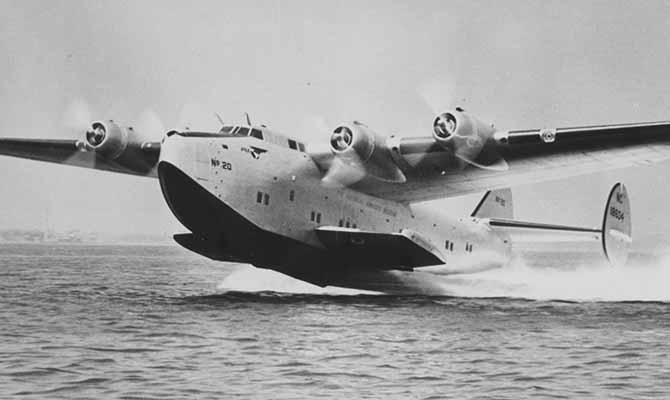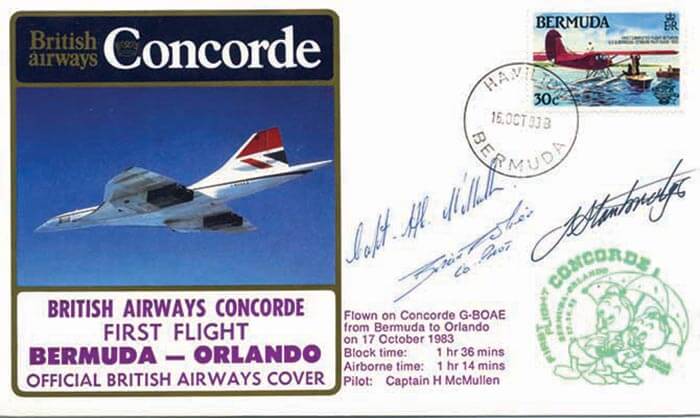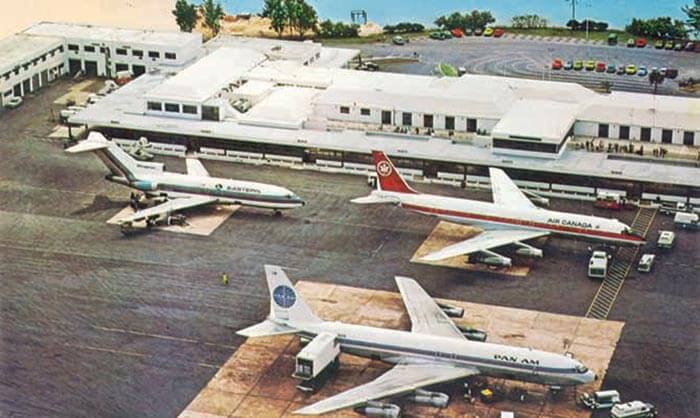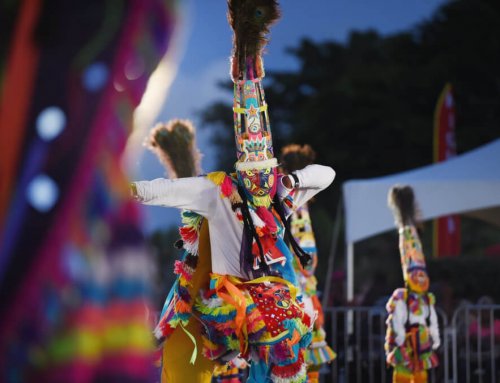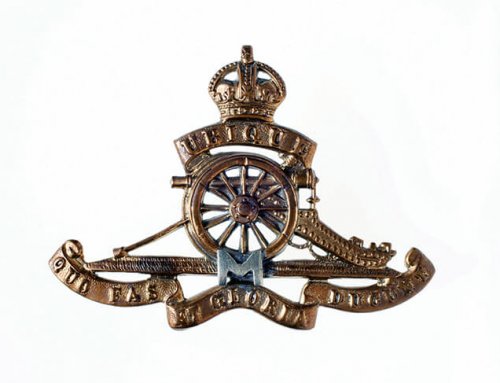by Horst Augustinovic
On March 29th 1939 the Boeing 314 ‘Clipper No. 20’ made the first of 16 flights to Bermuda before joining Pan American Airways trans-Atlantic fleet as American Clipper. These flights to Bermuda were necessary as P.A.A.’s Bermuda Clipper could not cope with the additional demand following the loss of Imperial Airways’ Cavalier on January 21st 1939.
Between September 1st 1939 and December 27th 1945 P.A.A. Boeing 314 Clippers landed in Bermuda more than 1,100 times. Only twelve of these long-range flying boats were built – nine operated by Pan American Airways and three by the British Overseas Airlines Corporation. The 84,000 pound, four-engined flying boats were 106 feet long, had a wing span of 152 feet, a top speed of 199 miles per hour, carried 74 passengers and a crew of 10.
In January 1946 Kindley Field Airport, built by the U.S. military during World War II, opened just as long-range aircraft could cross the Atlantic non-stop and flying boats became obsolete. The first commercial plane to fly to Bermuda was the Boeing Stratoliner Flying Cloud, followed by the Lockheed Constellation which first landed in Bermuda on February 3rd 1946. A very popular aircraft, the Constellation affectionately became known as ‘Connie’.
In 1959 Pan American Airways introduced the first jet service to Bermuda, flying Boeing 707’s, and on August 1st 1970 again made aviation history in Bermuda when they introduced the Boeing 747 jumbo jets. While different versions of the mid-sized 707’s carried between 140 and 202 passengers, the wide-bodied 747 jumbo jets could be configured to carry between 416 and 660 passengers.
Meanwhile the British, French, Americans, and Soviets all wanted to develop a supersonic transport. Largely funded by their governments, Britain’s Bristol Aeroplane Company and France’s Sud Aviation were working on designs called the Type 233 and Super-Caravelle, respectively. Due to the high cost of prototype construction, the two companies decided to join forces. In 1967 the British Government changed the spelling of Concord to Concorde to match the French. This created an uproar, which only died down when a government minister stated that the suffixed ‘e’ was for excellence.
On October 17th 1983 a British Airways Concorde flew from Bermuda to Orlando, Florida, in 1 hour and 17 minutes and although a test flight from London to Bermuda in January 1986 was successful, no regular service to the island was ever initiated.

